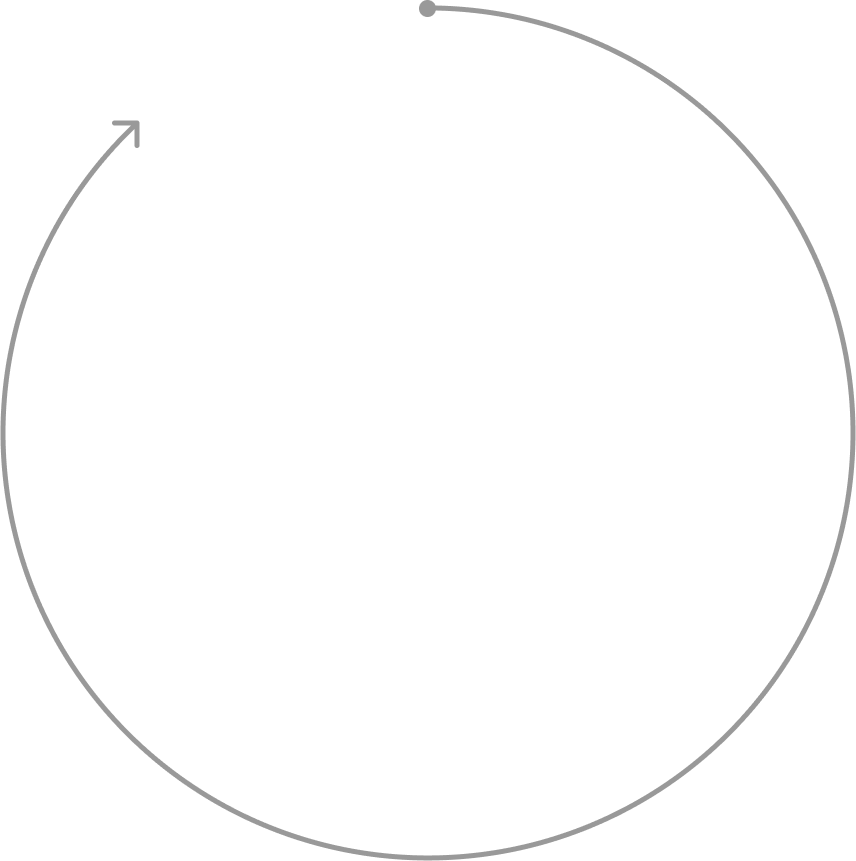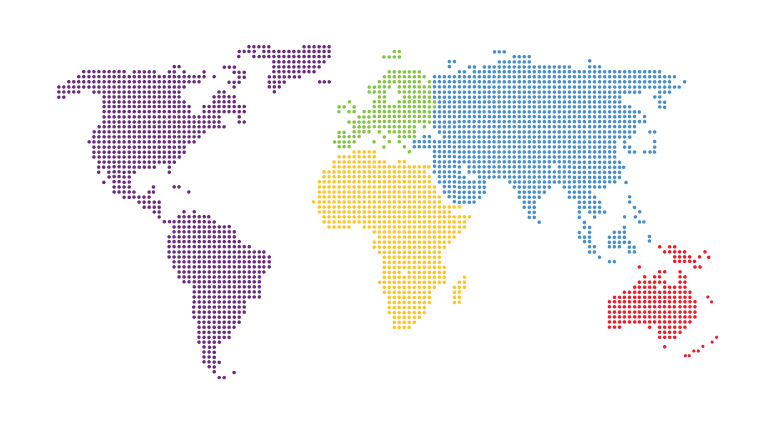Advanced Language Analysis
The rise of globalization and artificial intelligence is driving the need for organizations to enter new countries & markets, offer diverse language options, and automate everything for everyone. In a world with 7,168 living languages, selecting the 'right ones' is a complex decision, requiring accurate data, advanced analytics, technical capabilities and linguistic expertise. Organizations optimizing their language-related choices open the doors to new consumers, increasing revenues and stimulating growth, yet the challenges involved mean all but the largest companies are being left behind. Our market-leading language analytics platform levels the playing field; providing instant access to the world's most advanced multilingual decision-making solution. Using the combined power of superior datasets, advanced analysis and proprietary 'datavis' techniques, we provide the deepest possible insight into every living language in every country from every dimension, explained using jargon-free plain English.

Understand every living language in the world, easily and efficiently.
In similar fashion to the natural kingdom, where plant and animal species range from abundant to endangered, languages are also classified stronger or weaker using different scales. One important dimension is language status, classified using the 13-point Expanded Graded Intergenerational Disruption Scale ('EGIDS'). Stronger languages are classified as Institutional, broadly signifying official usage within government, trade and education. In the middle are Stable languages, generally featuring languages with widespread social use within communities across all age ranges.
Weaker
Stronger

Weaker languages are classified as Endangered, broadly signifying different degrees of vulnerability, represented by two subgroups: In Trouble - languages where the natural ‘Parent teaching Child’ process is weakening; and Dying - languages where native speakers are elderly without fluency existing in younger generations. Extinct features languages that have ceased to exist within the last 200 years or so and, lastly, Unclassified represents the small group of languages without a current EGIDS classification.
Focus on the Digital Language Divide.
The gap between digital and non-digital languages is often referred to as the 'Digital Language Divide', and it's a critical area of focus for academics, companies and, perhaps most of all, the millions of people it impacts. For speakers, readers and signers of these non-digital languages, there is no access to information & communication or products & services, and they're forced to operate in a different language or face exclusion from vital access to digital language content. Our dataset and visual analysis enables deep understanding of every language's and every country's digital capabilities.
Understand language families with 140+ interactive trees.
The seven largest families include c.70% of living languages
Language families are groups of languages that share a common origin or ancestor language. The term 'language family' is used to classify languages based on their similarities and differences in grammar, vocabulary, and pronunciation. For example, the Indo-European language family includes languages such as English, Spanish, Hindi, and Russian, which are all believed to have originated from a common ancestral language. This helps us understand the origins and development of languages, the cultural and social interactions between different linguistic communities, and their 'relatedness' is also a critical factor in emerging language technologies.
Focus on specific regions with 240+ country profiles for truly global insights.
For all organizations, comprehensive country data on speakers, languages, literacy, and population is a valuable asset. It can help businesses identify and evaluate potential markets, tailor their products and services to specific language and cultural preferences, and optimize their marketing strategies. By understanding the linguistic and cultural makeup of a particular market, companies can create effective communication and advertising campaigns that resonate with local audiences, improve customer satisfaction, and increase sales.

Superior Datasets. Advanced Analysis.
Better data plus better analysis leads to better decisions. By leveraging our platform to analyze data on languages, countries, speakers, literacy, population, official languages, and other relevant factors, companies can identify potential markets, tailor their products and services, and develop effective marketing strategies. Gain insight into linguistic and cultural differences, identify patterns and trends in data, and more. Overall, by harnessing the combined power of superior datasets, unique visualization, and advanced analysis, organizations can gain a competitive edge in global markets, optimize their operations, recruit overseas talent with specific language expertise, and drive growth and profitability.











